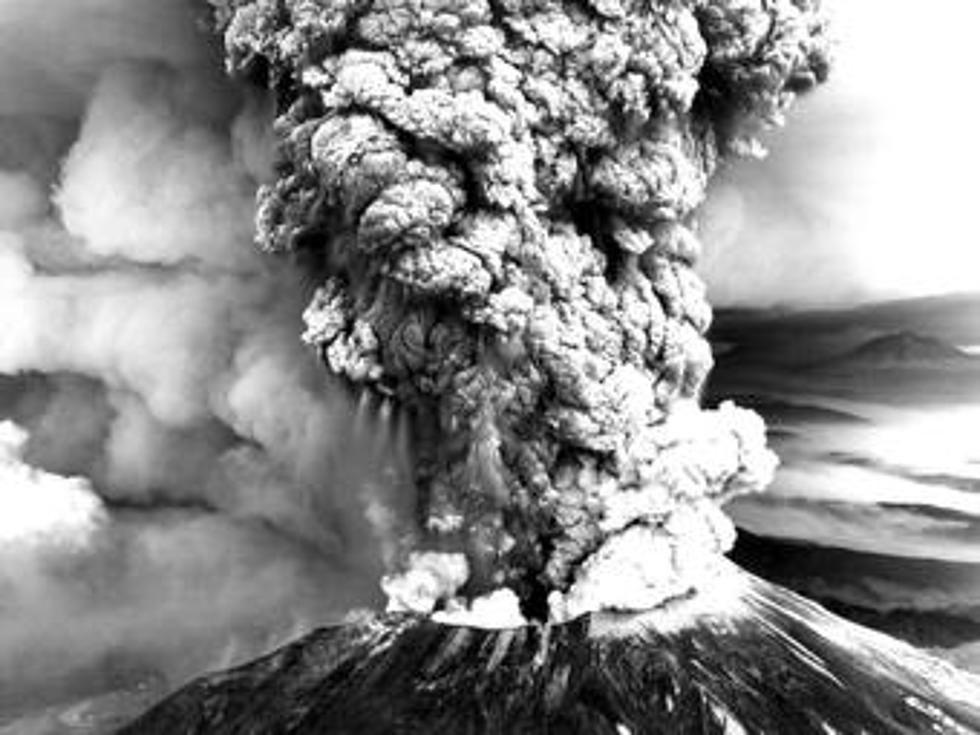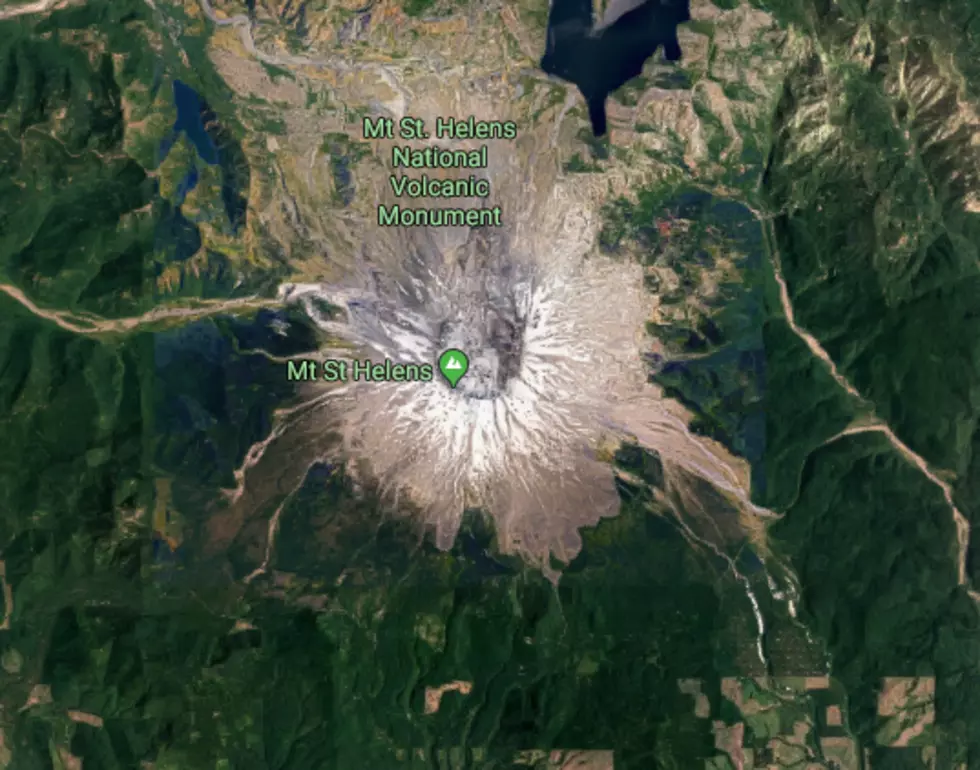![With Hawaii Erupting, Don’t Forget Mt. St. Helens Blew Up in 1980 [VIDEO]](http://townsquare.media/site/136/files/2018/05/MtStHelens-1980.jpg?w=980&q=75)
With Hawaii Erupting, Don’t Forget Mt. St. Helens Blew Up in 1980 [VIDEO]
With all the crazy scary volcanic activity happening in Hawaii, we can't forget that here in the Pacific Northwest, and later felt around the world, the anniversary is Friday for the most violent, biggest volcanic eruption in the Continental U.S. in 120 years occurred on the West Side. Not since the eruption of Mt. Rainier in 1849 had there been a big blast in the U.S.
May 18, 1980. Do you remember where you were? It was a Sunday, I was home with Mom, I was a junior in high school at Richland at that time. Dad and sisters were in Spokane at their Whitworth University Graduation.
Shortly after 8:32am, the western sky turned grey, and I saw a ribbon of almost 'black' stretching across the entire horizon. We were alarmed as were the neighbors, and turned on the TV and radio. The EAS (emergency alert system) was letting everyone know what happened. The skies looked like dusk, and the street lights were on most of the day.
It was NOT actually a HUGE surprise, geologists had been warning of an impending eruption or activity for weeks, even months. But the violence with which it exploded was perhaps unexpected. Instead of blowing upward, it blew out sideways, and took off nearly 2,000 feet of the side and top of the peak. St. Helens lost several thousand feet of elevation due to the blast. The ash would eventually be carried across the world by air currents, and enterprising artists made thousands of curios, sculpted from using volcanic ash as clay. It created a signature grey color, unseen by most in pottery before.
Ritzville and other communities were strangled and rendered "untravelable" by feet of choking ash that clogged air filters and destroyed vehicle engines. The City of Spokane "shut down" to all but emergency travel for 3-4 days due to clouds of ash kicked up. Dad and sisters were "marooned" in my cousin's apartment for 3 days on the South Hill. They had to walk to the corner convenience store wearing bandannas over faces just to get food.
Even now, as you drive up I-90 to Spokane, if you look closely in the culverts and past the shoulders, you can see ribbons of whitish-grey dried 'dirt'. 38 years later, the ash is still seen in areas.
Unlike the Hawaii volcanoes, Mt. St. Helens is considered a stratovolcano, or taller, narrower "pipe like", and likely far more explosive than the sloping "shield volcano" that is Kilauea in Hawaii that's erupting now. While the Hawaii volcano has more lava flows and looks "prettier," St. Helens was far more explosively destructive, like a massive bomb.
This video we're sharing is of Seattle KOMO TV reporter Dave Crockett, who camped out the night before near the peak. When it blew, he had to hike his way out through what he described as Dante's Inferno. He did survive.
More From 870 AM KFLD


![Mt. St. Helens — Epic Video From Reporter in Blast Zone [VIDEO]](http://townsquare.media/site/136/files/2020/05/mt-st-helens-usgs-eruption-vhp_img572.jpg?w=980&q=75)




![Cold? Hawaii! But Maybe Not–Entire Volcano Shelf Collapses Into Ocean [VIDEO]](http://townsquare.media/site/136/files/2017/01/hqdefault1.jpg?w=980&q=75)
![Watch Amazing Time Lapse Video of Animals Feasting on an Elk Carcass[GRAPHIC]](http://townsquare.media/site/133/files/2016/08/elk-by-Ingram-Publishing.jpg?w=980&q=75)
